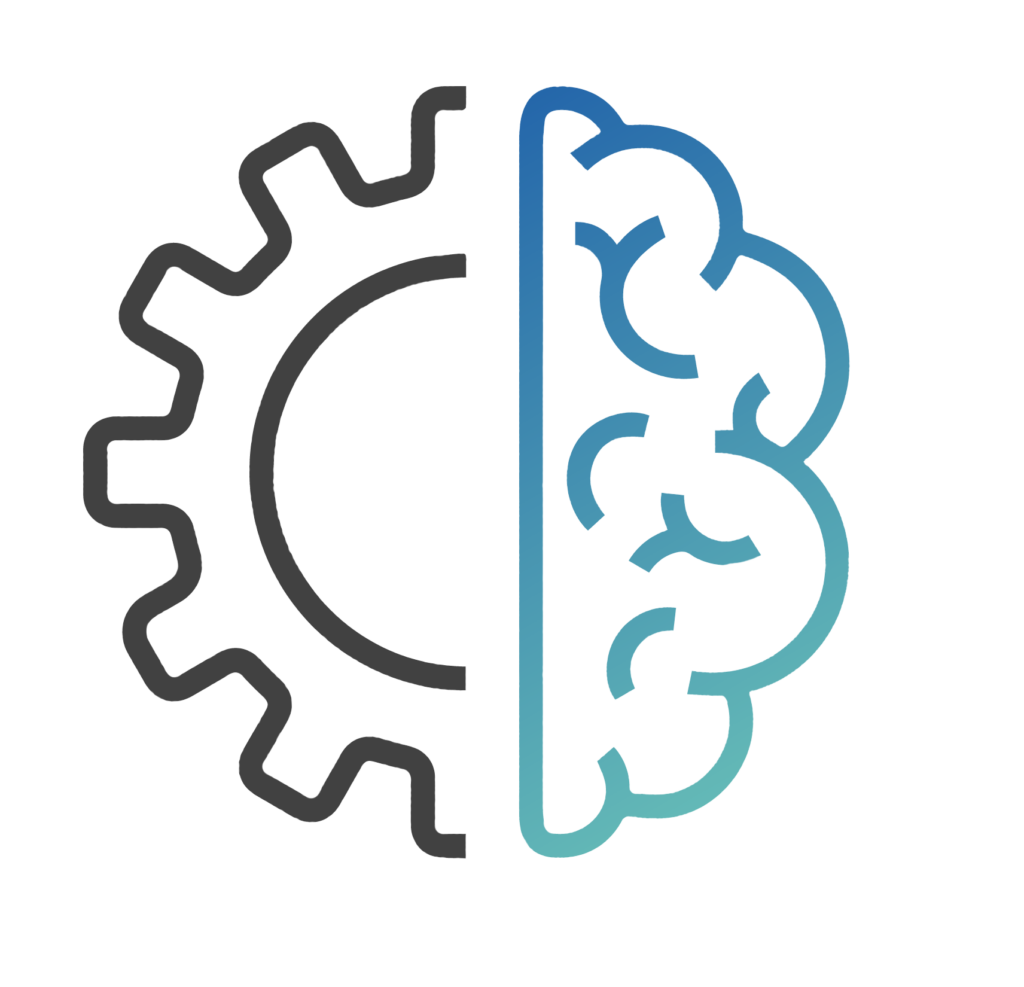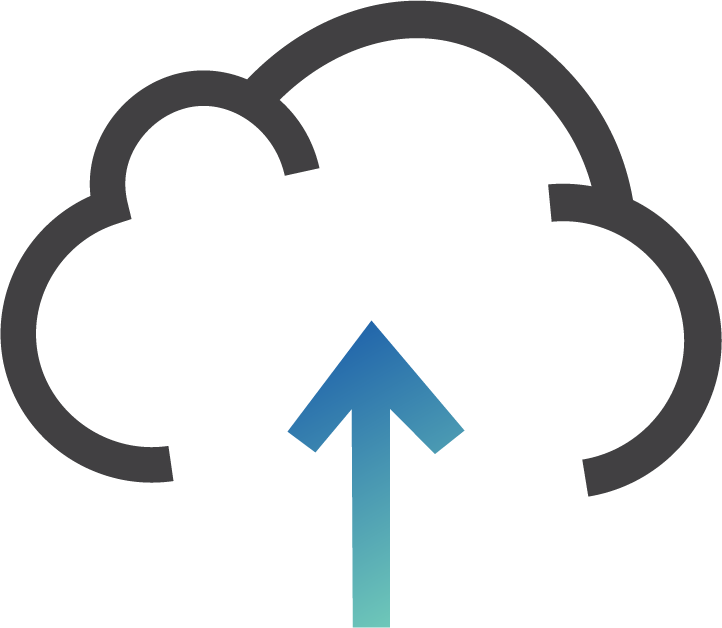What’s faster than the speed of light?
Changes in IT!
Cloud computing trends are constantly evolving, making it difficult to stay on top of what innovations can have the most impact on your agency’s goals. Between cloud environment optimization strategies or long-term organizational goals, there are multiple components to consider when investigating new cloud capabilities.
To start your search on the right foot, Strategic Communications compiled the following list of five cloud topics that dominated IT conversations in 2024.
Five Trends in Cloud Technology

1. Artificial Intelligence (AI) & Machine Learning (ML)
AI (and its less renown relative ML) is a hot topic in the IT industry for good reason — these powerful computational resources are becoming more commonly integrated into cloud services. With these key AI and ML integrations comes the ability to perform:
- Complex data analysis
- Pattern recognition
- Predictive model
With more and more cloud providers offering AI and ML as services, more organizations can move from an on-premises datacenter to deploy intelligent solutions that are easier to manage and cost-effective.

2. Data Security
With the transfer of data to virtual environments like the cloud, cybersecurity has been a key discussion point as more and more federal and state agencies move to cloud environments. Technology is advancing every day, for both good and bad actors so it’s critical to mission success that the data your company possesses remains shielded from those who should not be able to access it.
Major cloud providers are constantly enhancing their security measures to protect their customers from cyber threats. With safety parameters like the shared responsibility model, roles and responsibilities regarding cloud security are clearly outlined between customers and cloud service providers so the former can capitalize on baked-in security measures. Examples of these additional security measures include:
- Multi-factor authentication
- Single Sign On
- Advanced end-to-end encryption
- AI-powered threat detection
Along with these tools, the IT industry have been discussing compliance with data protection regulations like GDPR. With different agencies being held to different standards of data privacy and protection, it’s critical that these requirements are met in the cloud environment so that constituent data can remain secure.

3. Multicloud Computing
One of the more common themes that we’re seeing in the market right now is a shift to a multicloud environment where organizations contract services from multiple cloud providers to fulfill their needs. By utilizing the multicloud strategy of infrastructure, businesses can:
- Avoid vendor lock-in
- Optimize costs
- Leverage the best services from each provider for their unique needs
With multicloud computing, organizations can continue to utilize their on-premises datacenters while harnessing the advanced computing capabilities available through cloud environments.

4. Disaster Recovery & Backup
Thirty years ago, a power outage was disastrous for datacenters — but cloud computing has changed the game by revolutionizing disaster recovery and backup processes. In case of a disaster, agencies that have cloud-based backup solutions can scale their storage as power fluctuates and more importantly, the ability to quickly restore critical data.
In fact, cloud migrations away from traditional onsite backup methods are becoming more and more common. Organizations that complete this migration experience better reliability, faster recovery times, and often lower costs than the traditional maintenance of an on-premises datacenter.

5. Serverless Computing
For IT practitioners who are more involved in application and software development, a popular topic this year has been the concept of serverless computing. In this model, cloud providers automatically manage the provisioning, scaling, and management of the servers so developers can focus on what they do best — building and running applications.
By leveraging these virtual environments, agencies experience faster development, reduced operational costs, and improved scalability. For organizations that deploy applications with variable workloads, serverless computing is a reliable and viable cloud solution to consider.
Ready to harness these capabilities for your organization?
Book a meeting with our team to discover how you can integrate these innovations into your agency’s technology stack today!
Share this Post

